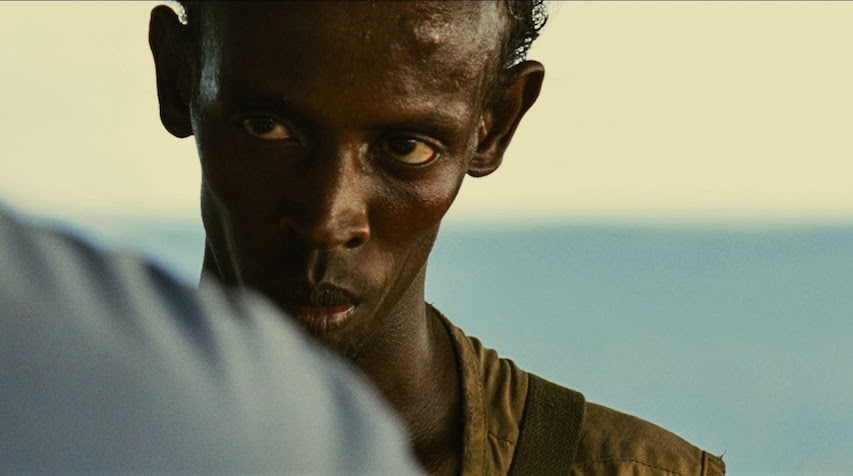National Geographic exposes surfing's charade!
James Joiner is a journalistic renaissance man. A photographer/filmmaker/writer with two fingers on pop culture’s pulse and two other fingers making a peace sign/smoking a cigarette/playing a piano. He has had stints across the board with Esquire, The Daily Beast, Vice etc. but his latest for National Geographic surely wins because it is National Geographic, of course, but also because he tackles the topic of surf localism in a thorough, captivating way.
Let’s dip in!
Across the Internet, surfers have been cheering at the thought of one of the world’s most infamously localized breaks opening up for general use, with those who speak up against the suit being quickly shouted down in comments sections.
Some long-time surfers feel this widely publicized case against localism has come to represent more than a battle over a small break. It’s indicative of an ongoing battle between traditionalists and new school riders over surfing’s very soul.
“We’ve protected this beach for years,” McCullom told the LA Times in 1995, in one of many articles the paper has published about the town’s forbidden break. “This is why: so we can have driftwood on the beach rather than Kentucky Fried Chicken boxes. If this place was ever opened up, it would be packed with lowriders, guys in VW bugs; the rocks would be marked with graffiti, and the beach wouldn’t be safe at night.”
Many surfers are quick to note that he’s not without a point—even 21 years ago, neighboring beaches in Torrance and Long Beach were rife with overcrowding and litter, a stark contrast to the clean sands of their “protected” stretch of Lunada Bay. But it’s not just crowds that localism targets—it’s also a method of self-policing, enforcing respect among the ranks for each other and, especially, for the ocean. Localism has always been an undercurrent of the surf scene, an at times harsh punishment for infractions in an oftentimes harsh activity. Yet now, in many places, it’s being phased or, some will claim, gentrified out.
“Up until fairly recently you wouldn’t even dream of getting in the water if you weren’t from the neighborhood,” Jeff Johnson, a lifelong surfer and noted adventure photographer, explained in reference to a surf break near Ventura. “If you were an outsider you’d get hassled for even checking the waves. But now it’s a free-for-all.”
How good is Jeff Johnson? I think very good and an expert. Would you like to hear from another expert? Of course you would!
Chas Smith had a different take, likening these territorial surfers to drug addicts chasing their next adrenaline fix rather than a tribe of spiritual, if testosterone-filled, modern-day warrior poets.
“I think surf localism exists because surfing makes people insane,” he said. “The longer a man surfs, the more insular and selfish he becomes. Paranoid like Gollum. He wants the preciouses all to himself. He can’t stand someone even looking at them … Talk of surfers being a ‘tribe’ or maintaining ‘chill vibes’ or anything like that is all lies. Surfers are decrepit addicts. Nothing more.”
Read the rest here!







